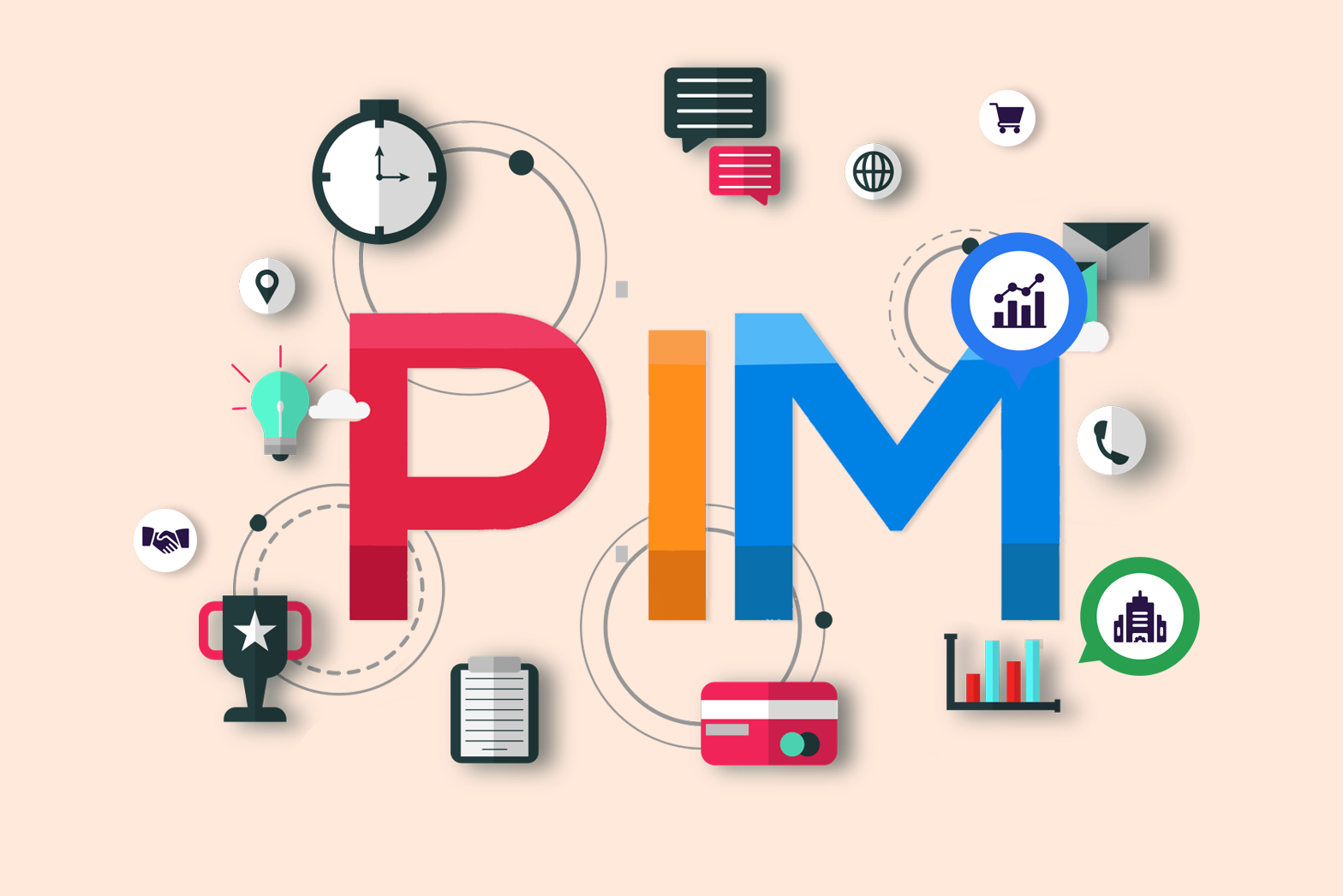What is PIM? Advantages of Using PIM System

Nowadays, consumers are using multiple channels and marketplaces for shopping, which is why retailers depend on PIM tools to manage their products.
What is PIM? How this is beneficial for e-commerce businesses?
A Product Information Management (PIM) system is a tool that used to store and monitors all product information through various channels from a single dashboard. PIM manages all the information surrounding the products in your product catalog, measurements, weights, specifications, ratings, certifications, etc. In addition to that, PIMs increase the overall quality of data and promote data audits, and can boost the accuracy of your product information.
Information that PIMs manage:
Product name, title, and description
Technical data (Ingredients, materials, measurements)
SKU, price, label
Pictures, videos, logos
Supplier Information
Multi-language content
User reviews
Product Guide
Sale documents and certificates
Extended channel details like Google, Amazon…
Benefits of using PIM System:
Product Data Management
PIM is a multichannel platform that allows you to control all aspects of your e-commerce strategy. All product details will be coordinated and handled by it. This will make it easy to share information through various networks. It also has the ability to track the entire catalog and inventory data of a company in real-time.
Better User Experience
PIMs provide detailed and appropriate product information for customers. This reduces the chances of complaints and returns. They can also see how much stock is available. Customers can research and find what they want to purchase instead of anyone pushing them.
Time and Cost Savings
A better product management system saves you time and money. By implementing this system you can reduce manual product data entering tasks and use that precious time to do other major tasks.
The execution of a successful PIM system decreases the costs of operations and the supply chain. Accuracy of the information about products reduces the expense of bad product data. It will also lead to minimal management risks.
In addition, it is easy to integrate and manage than other business systems.
Recent Posts
What Is Geotagging and How Does It Actually Work?
Geotagging means adding location information, like latitude and longitude, to digital media such as photos, videos, or text m...
GEO Vs AEO Vs SEO Comparison Guide – Revolution of AI Marketers in 2025
We’re entering a new era where AI and human curiosity come together and if your business isn’t ready, you could fall behi...
WordPress Plugin All-in-One WP Migration Security Bypass (2.0.4)
The All-in-One WP Migration plugin for WordPress has a security bypass vulnerability that could let attackers perform restric...
FAQ: All About the New Google “Hummingbird” Algorithm
Google has a new way of sorting information when searching for something. This system is called “Hummingbird.” Here's wha...
